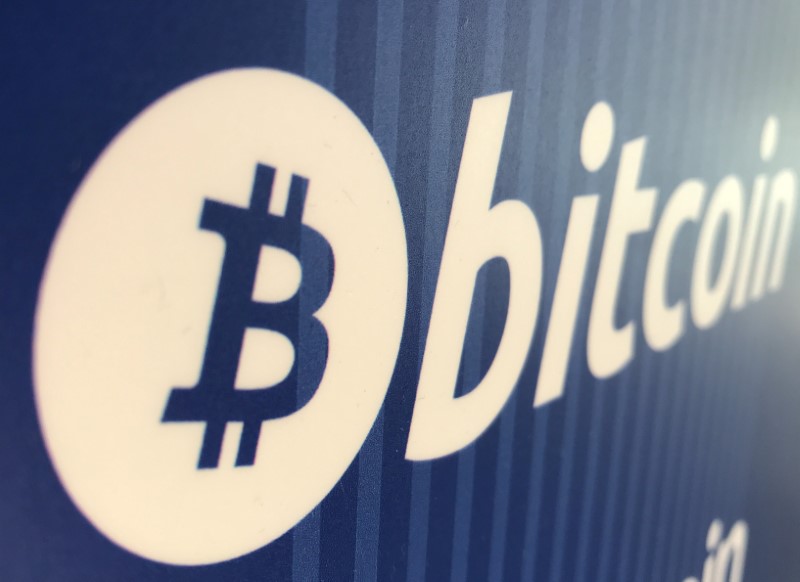To illuminate the event, analysts at Bernstein have explored five fundamental queries.
Definition of Bitcoin halving:
Bitcoin halving, a significant event in the cryptocurrency realm, involves the halving of rewards for mining new Bitcoin blocks approximately every four years. This intrinsic process within the Bitcoin protocol aims to regulate the Bitcoin supply, ensuring its gradual scarcity. The impending halving will decrease block rewards from 6.25 to 3.125 Bitcoins per block.
Historical reactions of Bitcoin price to past halving cycles:
Analysts at Bernstein elaborate on the historical correlation between Bitcoin price fluctuations and halving cycles. While Bitcoin typically enters new price cycles aligned with halving events, the analysts emphasize that the halving itself does not guarantee price escalation. Instead, price surges are often linked to heightened “demand catalysts,” including institutional adoption and favorable market conditions.
Anticipated impact on Bitcoin network hash rate after halving:
Bernstein’s analysis forecasts a potential 7% decline in the Bitcoin network hash rate following the halving. Despite this projection, the investment research firm remains optimistic, expecting robust Bitcoin prices and alternative revenue streams like network fees to offset any substantial disruptions in mining activities.
Implications of halving on miners monitored by Bernstein:
According to Bernstein analysts, the upcoming halving could serve as a catalyst for further market consolidation among top-listed Bitcoin miners. Companies such as RIOT and CLSK are preparing to double their operational capacities by 2024 to counterbalance the reduced block rewards. These miners operate efficiently at competitive costs and are strategically positioned to leverage market consolidation opportunities through acquisitions and organic growth.
Reasons behind the consistent selling pressure on mining stocks:
Despite the positive outlook on Bitcoin, mining stocks have demonstrated weaker performance compared to the cryptocurrency in 2024. This discrepancy is attributed to the perception of mining stocks solely as “Bitcoin proxies,” overshadowing the nuanced differences among mining enterprises.
In conclusion, Bernstein’s analysis highlights Bitcoin’s resilience amidst market volatilities, with mining stocks potentially poised for reappraisal post-halving. The firm advises investors to consider adding RIOT and CLSK to their portfolios, anticipating that these companies will be rewarded post-halving for their exceptional performance, positioning them as frontrunners in the self-mining hash rate landscape.

